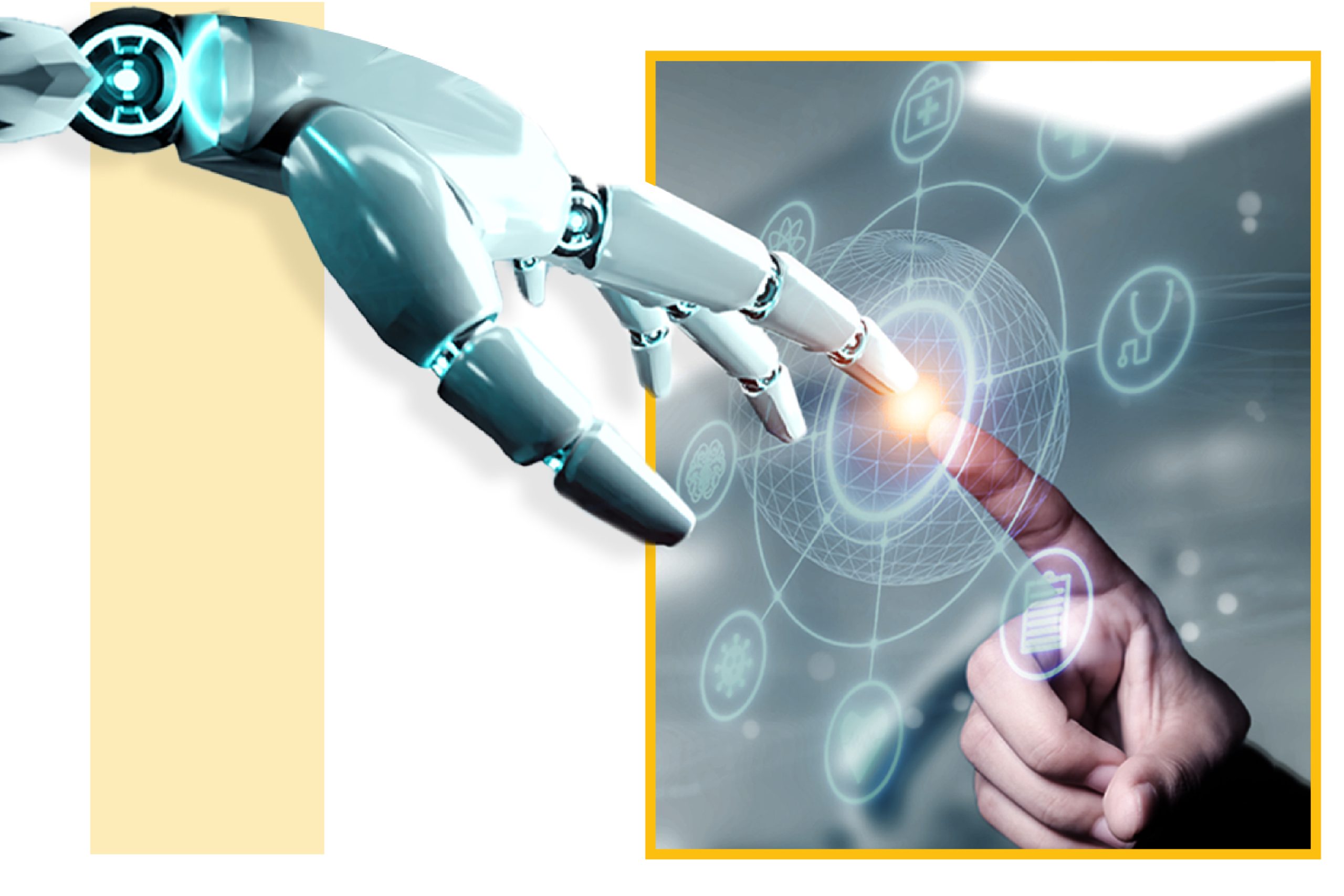
We have always heard and watched movies depicting machines taking over our jobs and replacing us, but did it start happening already?
The creative job market remained unfazed whilst it was being threatened by AI previously. However, AI has upped the ante and has shown that it can produce art, photos, paintings, illustrations or whatever it is asked to generate with striking realism.
The art previously brushed off as comical and simple just a few years ago is now producing plausible art faster than creative professionals, all with the help of a few prompts inserted to direct the AI on what kind of image is expected from it.
The debate on whether creatives should fear for their jobs because of these tools or them being excited that their job can now be done easier is now more animated than ever.
David Raichman, an Executive Creative Director of Social and Digital creation at Ogilvy Paris and a user of this technology as well, agrees that these tools are gaining a lot of traction, and it is getting harder and harder every day to distinguish between what is real work and what is generated by artificial intelligence.
David claims that he enjoyed experiencing what seemed like travelling the world and taking street photographs in many different cities using AI. The exciting part for him was the ability to use different techniques that real photographers would use, such as angles, lens aperture, type of film, etc.
Since different prompts lead to different results, AI-generated art and visuals have a lot of personality in them, depending on the approach of the person using them, so there is more control in it than one might guess.
The most important thing these tools have going for them is their accessibility. They are available everywhere on the internet. Raichman recalls creating visuals on his phone while being out and about on the street. Since these tools are open-source and available to everyone to install, AIs can be used anywhere at any moment to achieve astonishing results. The only setback in using AIs is the cost, which is still reasonable to date, and will probably go down in time.
However, nothing is perfect. AI does come with some constraints, the first being ethical. Some AI applications don’t allow certain words in their prompts to avoid images that could hold hatred, while others don’t have the same constraints as they are more allowing and permissive.
AI could be directed and given artistic references when asked to curate an image which could be seen as problematic. However, mixing styles could also be exciting and result in birthing your own unique style.
You can also feed AI initial images to help you get a result that is closer to what you have in mind; while it gives AI more to work with, it simultaneously constrains the results.
Beyond art, there have been writing tools that generate copy in recent years. While the concept is great in general, the reality is that these AI tools simply produce unedited content that’s missing the creative touch, it’s mostly factual to the point.
But even with that, not every company truly realizes the importance of written content, nor do they even care that the copy might be a bit dry or lacking the spark.
We believe that with tools like Chat GPT and Maker.ai, creative work can be done more efficiently but not entirely replaced. Much of the work produced by these tools still requires a lot of human editing, as we’ve seen with translation AI tools like Google Translate.
However, that doesn’t diminish their value. As creatives, we should look at these tools as the assistants we need when we experience creative blocks, as they can “kickstart” the process for us by generating ideas or even just sparking a thought train through one of their generated copies.
Need help with your Brand? Our team of experts at Nfinity8 got you covered!
